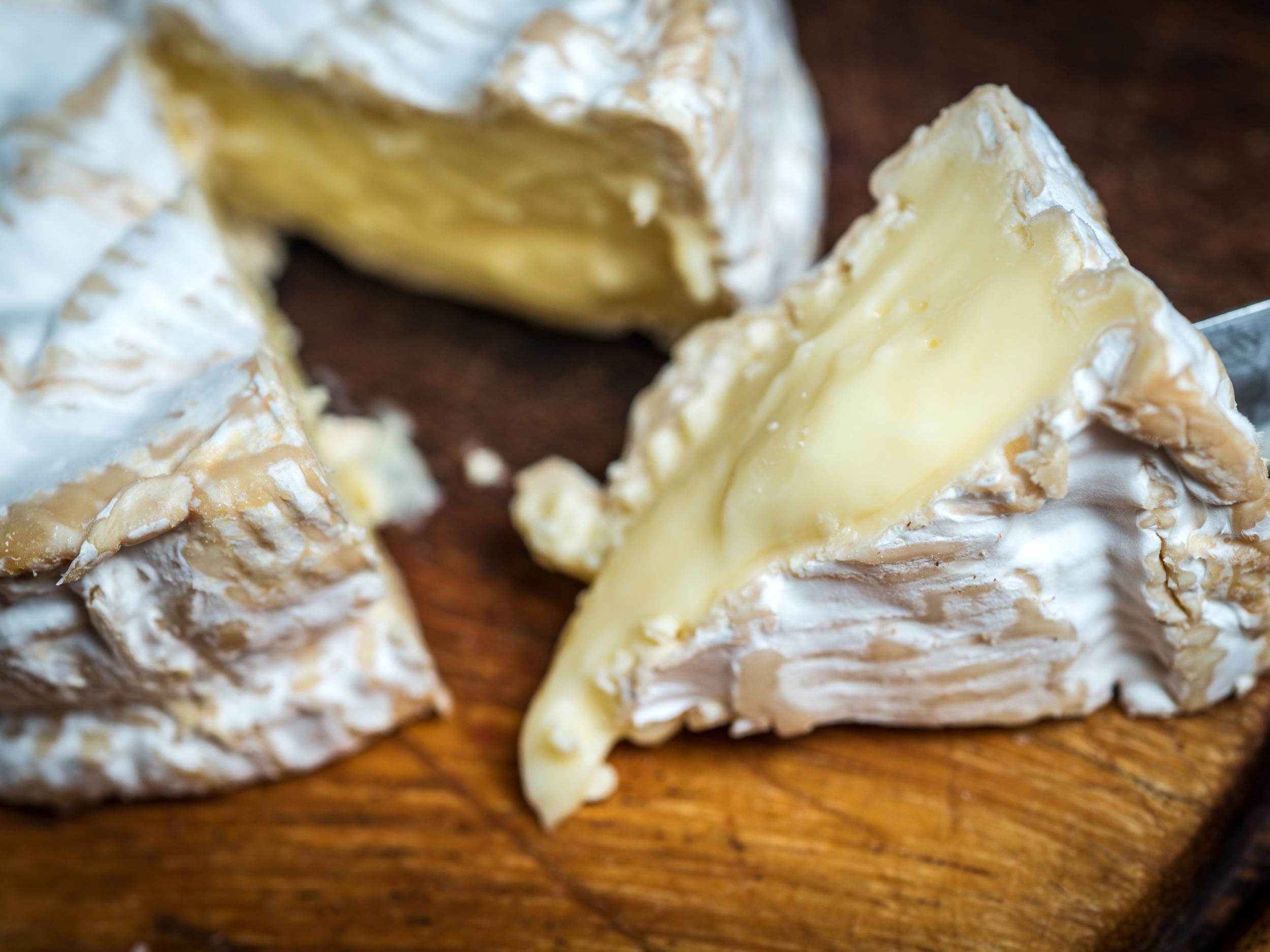The world is running out of Camembert
Out of the three hundred and sixty million made each year, just a treasured four have true Camembert credentials

Your support helps us to tell the story
From reproductive rights to climate change to Big Tech, The Independent is on the ground when the story is developing. Whether it's investigating the financials of Elon Musk's pro-Trump PAC or producing our latest documentary, 'The A Word', which shines a light on the American women fighting for reproductive rights, we know how important it is to parse out the facts from the messaging.
At such a critical moment in US history, we need reporters on the ground. Your donation allows us to keep sending journalists to speak to both sides of the story.
The Independent is trusted by Americans across the entire political spectrum. And unlike many other quality news outlets, we choose not to lock Americans out of our reporting and analysis with paywalls. We believe quality journalism should be available to everyone, paid for by those who can afford it.
Your support makes all the difference.Camembert devotees look away now. The king of soft cheese is in peril.
In France the beloved cheese is the second most popular sold in markets and three hundred and sixty million wheels are produced by the country annually, according to Bloomberg.
But for Camembert connoisseurs, the current scarcity means that finding wheels containing the real deal has become a nearly impossible endeavour. Out of the three hundred and sixty million made each year, just a treasured four have true Camembert credentials.
That’s just over one percent.
To be a certified crème de la crème Camembert, the wheel needs to be stamped with the French Protected Designations of Origin label. This denotes provenance from the specific area of France and tells the buyer that the cheese has been made in the authentic, historically correct way. But for the genuine version from Camembert de Normandie, the hunt is now harder.
The sought after PDO Camembert de Normandie is made with unfiltered raw milk from cows in the Normandy province. The cows must only be fed grass and hay from local pastures and the milk must be transported no further than the distance of a few fields.
Ladled by hand, the rich milk must have a fat content of at least 38 percent, creating the thick creamy centre of the cheese so many hold so dear. After four or more ladled layers, the moulds are set and the magic happens.
Enthusiasts can blame the cheese's scarcity on the familiar story of small farms being bought up by larger cheese-makers. In 2007 the battle began as a group of larger scale Camembert makers -including the Isigny-Sainte- Mere who were awarded the Supreme World Champion Cheese prize in 2004 for their Camembert, wanted to alter the exacting PDO rules.
The larger producers asked if they could use pasteurised rather than raw milk as it would be cheaper to make larger, easy-to-handle cheese batches from multiple milk sources. But they were overruled after a year when the government officials decided only raw milk could be used.
As the country’s longtime leader General Charles de Gaulle once asked: "How can you govern a nation where there are 258 kinds of cheese?"
In a passionate declaration of his love for Camembert’s runnier soft-cheese cousin, Brie de Meaux, Prince Charles also agreed that unpasteurised was the only way while speaking at 2015's climate conference in Paris.
It seems the best way for enthusiasts to protect the vanishing cheese is to keep buying and enjoying its unpasteurised deliciousness, perhaps tasting a little richer for its rarity.
Join our commenting forum
Join thought-provoking conversations, follow other Independent readers and see their replies
Comments